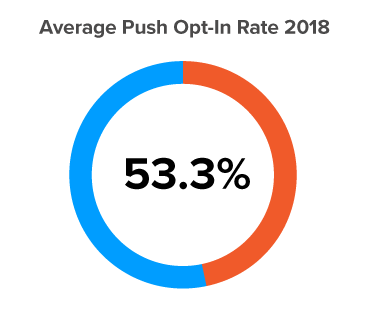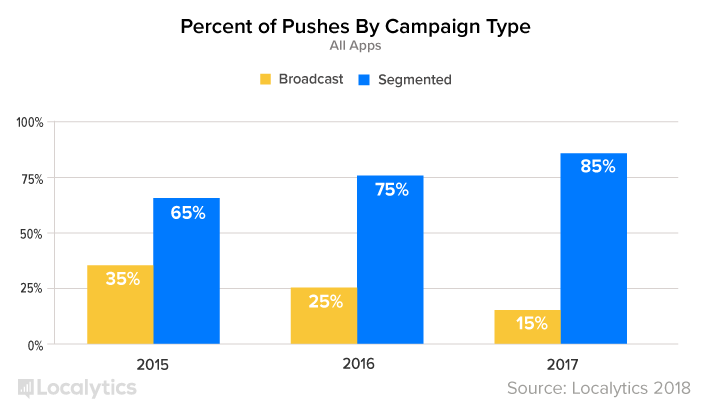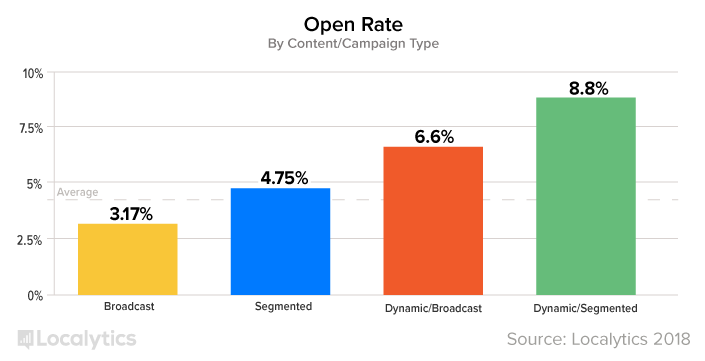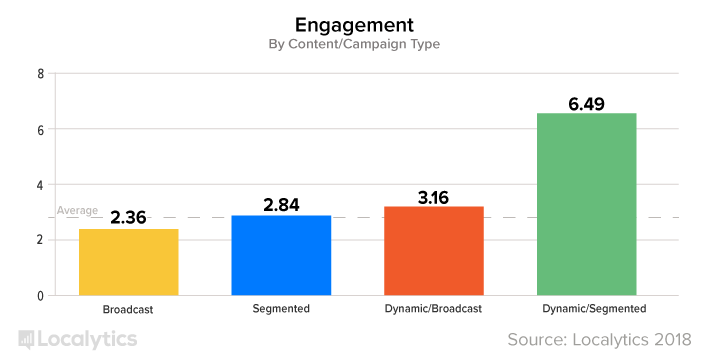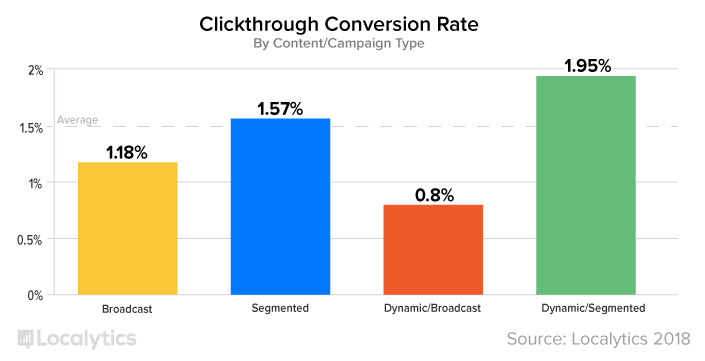Somewhere between prepping your mobile strategy and panicking over GDPR, 2018 happened, and fast. It was another big year for mobile, with mCommerce set to have another record-breaking year at ~54mil. And while there were plenty of contenders for this list, 2018 was shaped by three big trends in the mobile marketing arena:
- Data privacy (GDPR)
- Mobile commerce overtaking e-commerce
- The continued rise of personalization
Let’s take these one-by-one, shall we?
1.) Data Privacy
In simplest terms, think of it like this: most people always have their phone, and most people do some stuff on their phone they might not want the world to know about or see (uhh), and those same people willingly give up fiscal info in exchange for ease of use. As a result, data privacy is crucial for mobile users. If companies want to retain those users, they need a plan around mobile data from their marketing efforts.
Phrased another way: GDPR is the big fish in this pond currently, but we’re increasingly seeing Facebook and Google executives brought in front of regulators.
At the business level, then, you need to ensure that appropriate and effective permissions are in place to assure compliance without bugging or alienating users. We actually help with this!
We can support processing the requests for users to exercise their “right to be forgotten,” while giving brands the tools they need to garner permissions in the first place.
The overall landscape for mobile marketers around data privacy presents a lot of different obstacles and opportunities, and is likely to be a theme into 2019.
2.) Mobile commerce > e-commerce
According to the latest Global Unified Commerce Forecast from 451 Research, online channels will continue to outpace the growth of in-store retail sales for years to come, with digital commerce accounting for 10.2 percent of total sales by the close of 2018 before jumping to roughly 17.3 percent by 2022.
All said, online commerce is on track to outpace the rate of in-store sales by as much as six-times, reaching an estimated $5.8 trillion in sales by 2022.
The number of m-commerce transactions will officially overtake e-commerce transactions globally by 2019, the report found. China is on track to be the first country whose online spending exceeds $1 trillion, fueled primarily by mobile devices.
While mobile commerce is on the rise, mobile pay hasn’t quite caught up yet. That’s part of the reason why it’s important to have a fully-fleshed omnichannel strategy, because you need to be finding customers where they’re at and in the way they want to pay for your product or service.
3.) The rise of personalization
Take a look at this from our 2018 State of Push Notifications review:
Know what the opt-in rate was in 2014?
52%.
It’s barely budged.
Why is that?
There are any number of reasons, probably most notably that brands still ask for the permission to send push way too early, i.e. upon instant download, before a user has even see the value of the app.
But here’s the other side of the push notification coin:
Some companies are starting to “get it” more. You don’t just push broadcast. You push segmented, i.e. personalized.
Think about it in these terms: Dynamic messaging involves crafting a push notification that takes into account a user’s profile and behavioral data to speak directly to that user. Take a soccer app for instance: instead of setting up hundreds of campaigns, marketers can set up just one campaign and dynamically insert each user’s favorite team name based on the profile attribute for “favorite team” associated with that user. They only have to type one message: “Soccer season is here! Check out the latest news and results for [favorite_team].”
Combining campaign and message type gives us:
- Broadcast campaigns that use dynamic messaging – campaigns that, while sent to an entire user base, are catered to the users’ interests and demographic profile. These are often curated using simple attributes such as first name, last name, birthday, city, etc.
- Segmented campaigns that use dynamic messaging – The best of both worlds. These are campaigns that take into account complex attributes to deliver a great experience for users.
How do segmented/dynamic campaigns do? Glad you asked.
It’s the clear winner, metric-wise.
Geo-push (pushes tied to a user’s location) are also 3x more effective, and geo-push is inherently more personalized.
The lesson, then: standard push? Dying. Broadcast push? Almost entirely dead. Personalization in messaging, even if just starting with geography? Flourishing.
What other mobile trends did you see in 2018 worth noting? Please don’t say “AI” please don’t say “AI” please don’t say “AI…”

